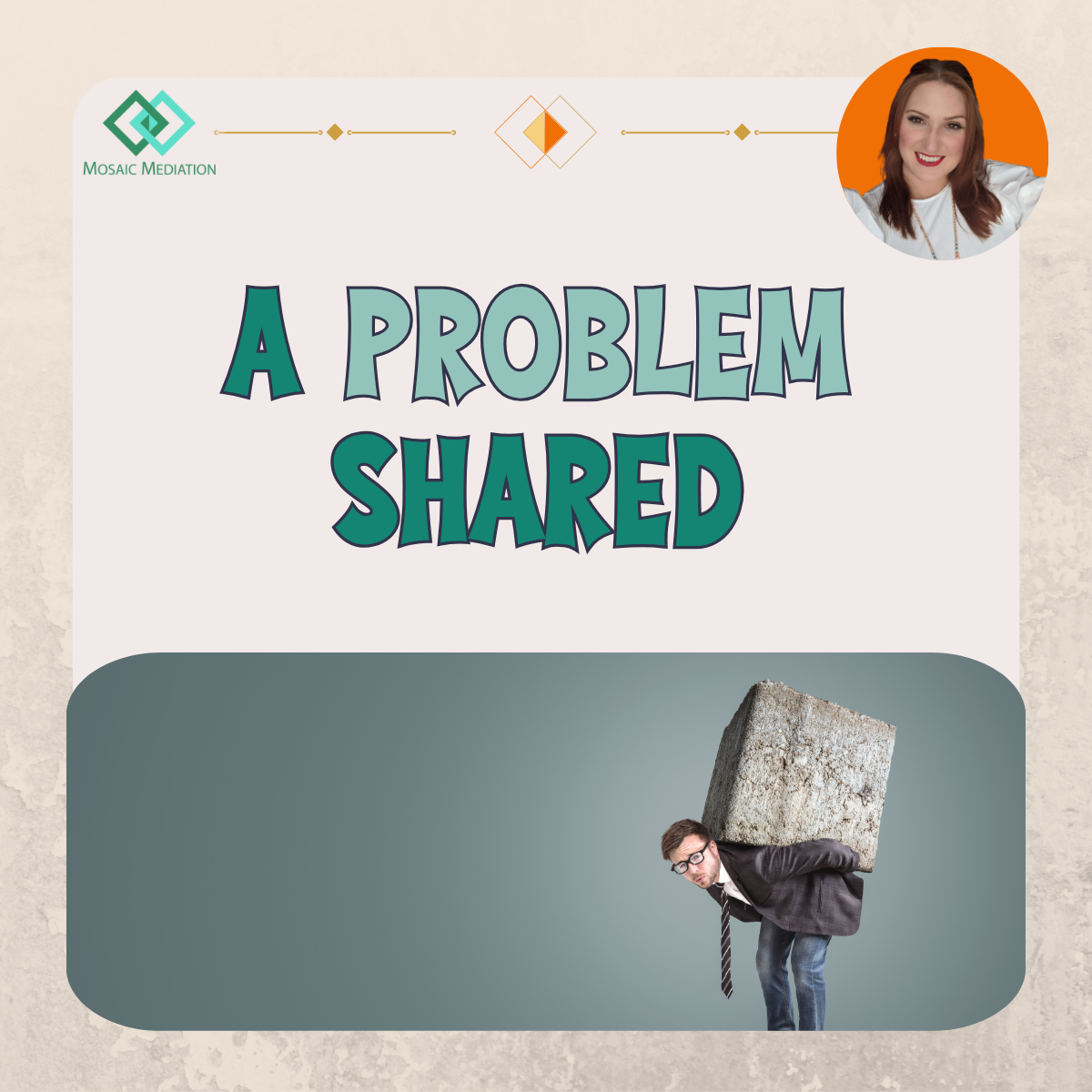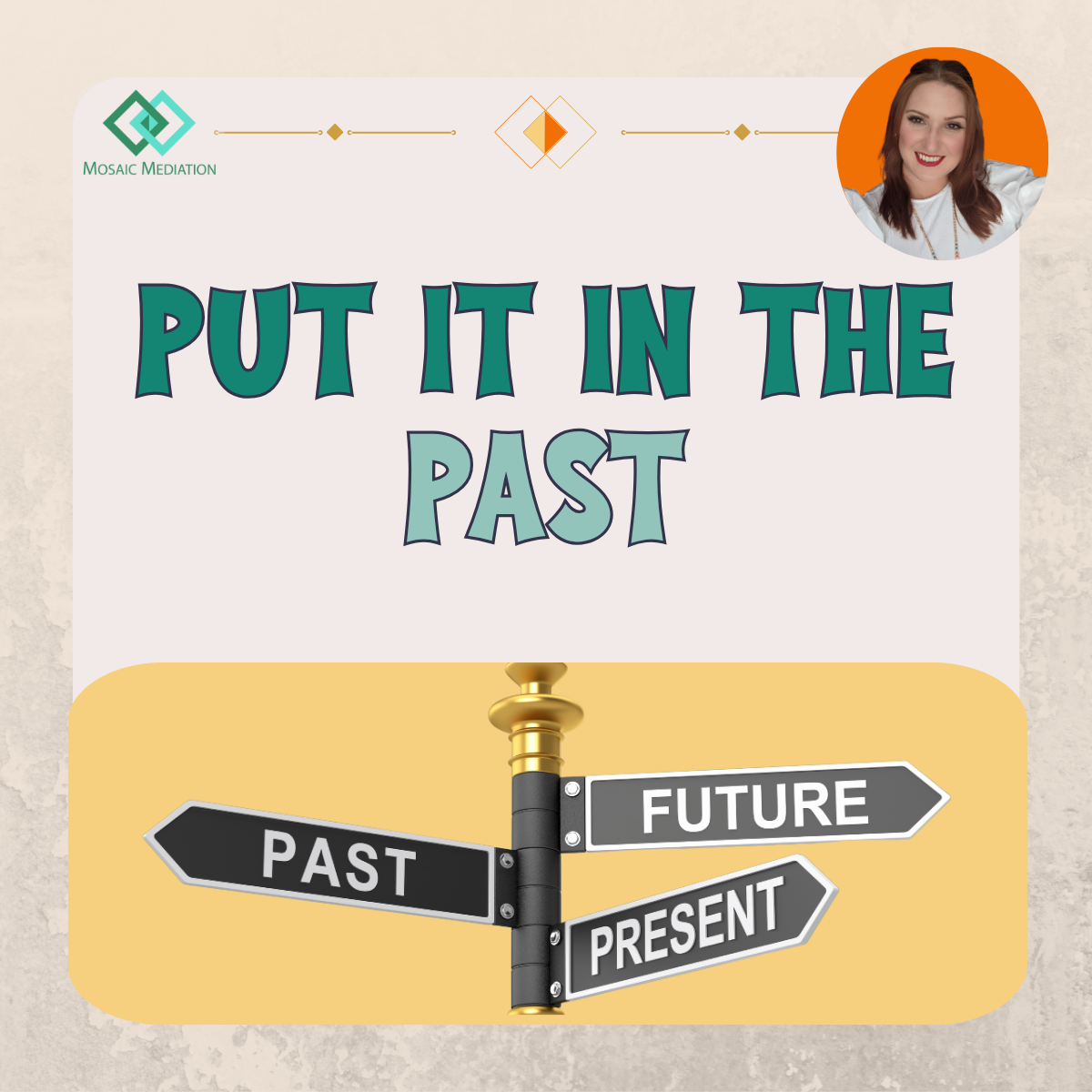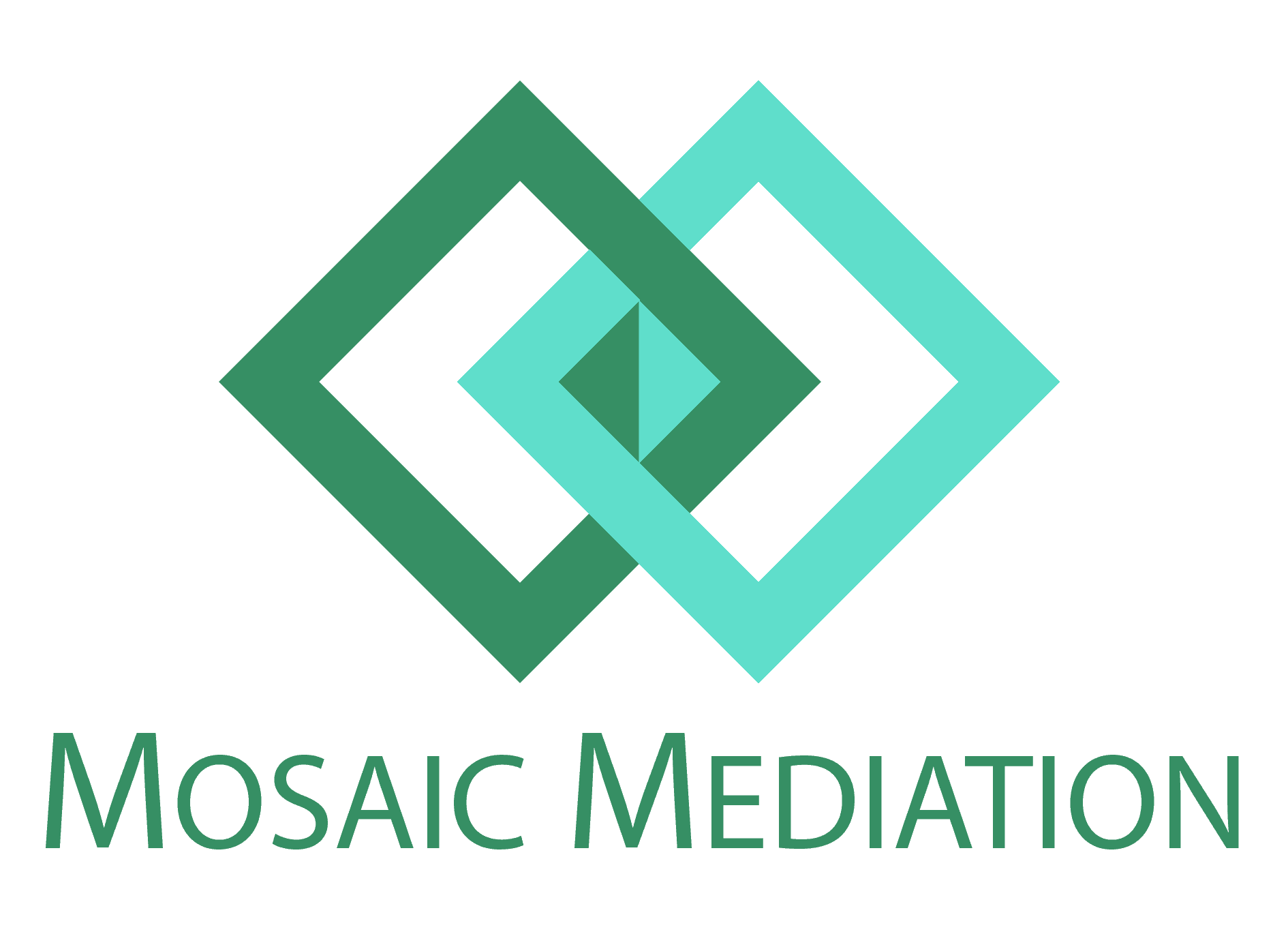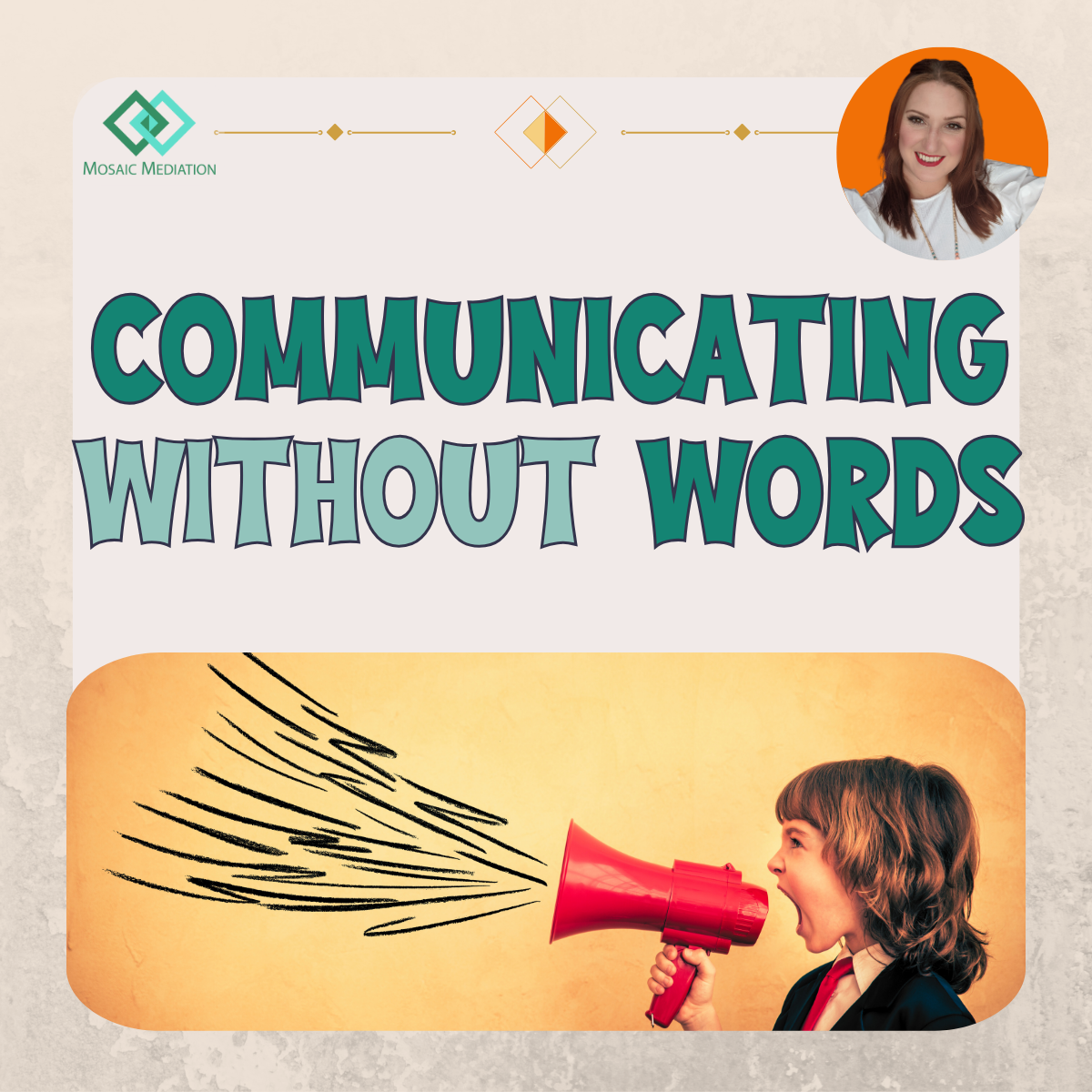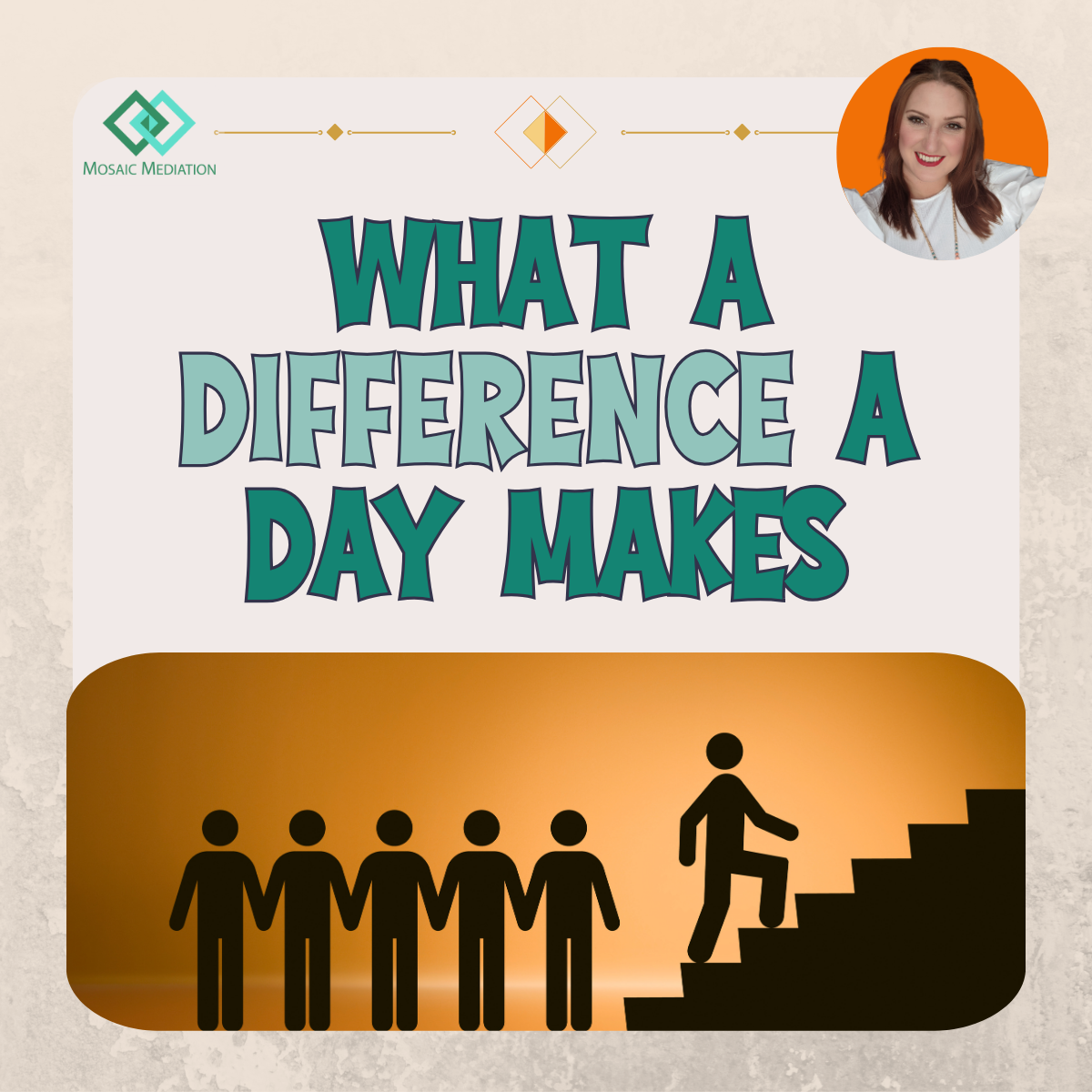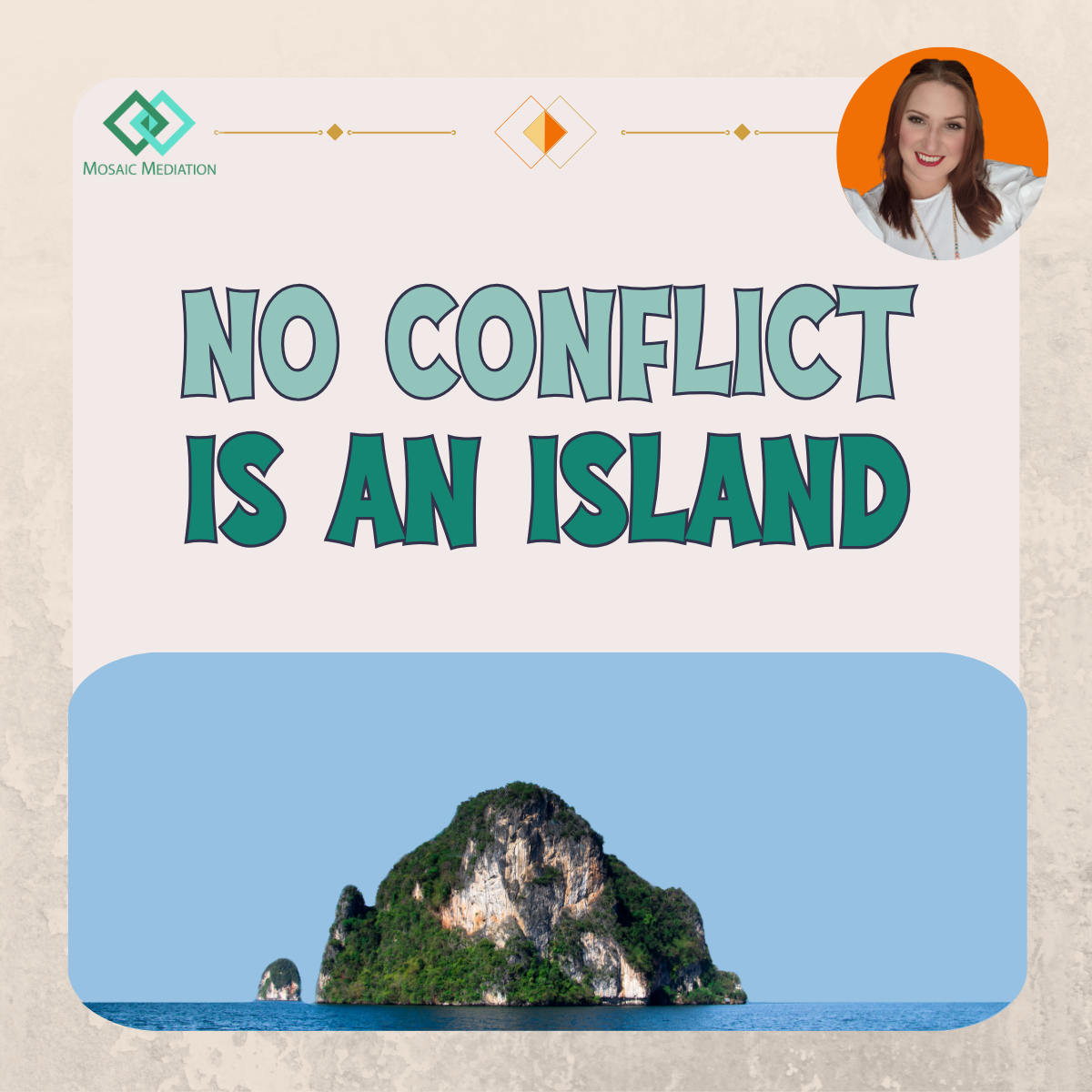Change or Adapt?
How does understanding communication styles help with team communication?
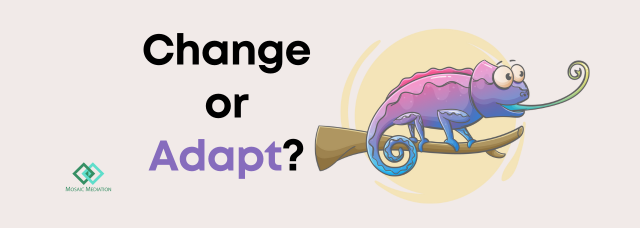
I was recently coaching someone who kept using the phrase “I feel like I need to change who I am” when discussing a tricky work relationship.
Each time, I challenged the statement - “Do you think you need to change ‘who’ you are?”
Then, we talked about the difference between changing and adapting. The standard definitions for these terms are as follows:
· ‘Change’ = become something different.
· ‘Adapt’ = become adjusted to new conditions.
When you learn how to adapt, you are not rejecting who you are as a person, rather you are learning how to be you in different environments.
In my line of work, a person’s environment tends to be impacted significantly depending on which people are involved in those situations. Though someone can be incredibly consistent in their character and personality, you will still generally notice a difference in how they interact with a parent in comparison to a childhood friend or a client.
This is rarely done proactively or consciously. It is just what happens when you go between different environments – especially within longer-term relationships.
It may also have a little to do with the expectations linked to each relationship – the respect level for a parent, the unspoken understanding between friends, and the service level underpinning the relationship with a client.
The Proven Approach
When I am working with a manager or facilitating a mediation between a senior leader and their team member, they may talk about having a ‘proven approach’ that works “with everyone else”...but this individual. And they are frustrated that the individual is responding negatively – or just not as expected – to that approach.
When you begin to understand the world of communication further, you unlock the key to understanding why a one-size-fits-all approach is rarely going to work for people.
Firstly, the cliché is true: everyone is different. It is not realistic to expect for different people to respond the same way.
Secondly, learning about different communication styles enables a person to adapt, rather than through out a way of being or doing things entirely. Just because a couple of people work or respond in another manner should not lead to a conclusion that the entire method must change.
Learning to adapt does not send the message that something is ‘wrong’ with you that must be amended. Rather it suggests that your message will be received more comprehensively and amiably if you adapt your method for certain people.
When I first discovered the theory around communication styles, not only did it alter for the better how I understood people in my personal life, but it also changed how I communicated with clients.
Don’t Throw it ALL Out
Whereas previously I may have questioned how I handled an enquiry call if the client was still seeking further information or asking follow-up questions, I will now consider the client’s communication style because certain styles like much more detail than others would. It does not mean that in every future call I now give an extremely detailed explanation of everything, reports and statistics included! For some clients, that would be their worst nightmare – they would just like to know the key highlights – price, main points of action, and next steps.
When I deliver training on team communication, involve DISC profiles to explore communication difficulties in a mediation situation, or do coaching on conflict and communication the message is the same – the aim is not to change who they fundamentally are but to help them know how to adapt to improve their communication skills and have peaceful and productive interactions.
There is nothing inherently ‘wrong’ with preferring to listen than to speak. Though in some situations, a person will want to disagree, and they want to be respectfully listened to when they do. So, they learn how to adapt to this new situation.
There is nothing inherently ‘wrong’ with wanting to get tasks done quickly. Though in some groups, your message is going to be received better if you choose to speak calmly, encourage collaboration, and ensure everyone understands their role within the task. This may not be the typical approach for someone but if they learn how to adapt their approach for the benefit of the task at hand they are going to achieve a much better result.
Adaptation for Collaboration
When I talk about this topic, I am aware that for those that realise they have a tendency towards ‘people pleasing’ behaviours, there is a very fine line here. They tend to be highly sensitive to discontent and will try and make things better by agreeing to what they disagree with or dimming their personality to avoid potentially annoying others.
It is always important to consider why you are adapting, that you feel good about it, and it is not a long-term personality alteration.
It would be exhausting for someone to feel like they must mask their natural behavioural traits and communication style for a long period. This is why adapting often supports wellbeing more than encouraging a total character change:
· Adapting an approach can be done in short bursts.
· The adaptation may only need to be a minor adjustment rather than a significant shift.
· Adapting for the benefit of collaboration tends to be less work in the long run because you see quicker and more positive responses to the adapted approach.
The more people in an organisation understand about communication styles and make efforts to adapt to each other, the easier it becomes to adapt, and the more people meet in the middle – in 'DISC language', a D-style may soften their tone and an S-style may get to the key point of their message more quickly. Making those little adaptations to the approach is much more satisfying than ‘putting up with’ the typical frustrations a D-style might have with a long-winded story, or the upset an S-style might feel when faced with a seemingly aggressive tone of voice.
When communication styles are understood and people do choose to adapt in those interactions, a team find it easier to collaborate without misunderstandings and to work harmoniously and cohesively.
Would you like to know more about DISC and communication styles? Mosaic Mediation uses DISC as a tool within light-hearted team workshops, one-to-one coaching services, and facilitating difficult conversations, including mediations. Get in touch by emailing enquiries@mosaicmediation.co.uk or visiting our Contact page.
